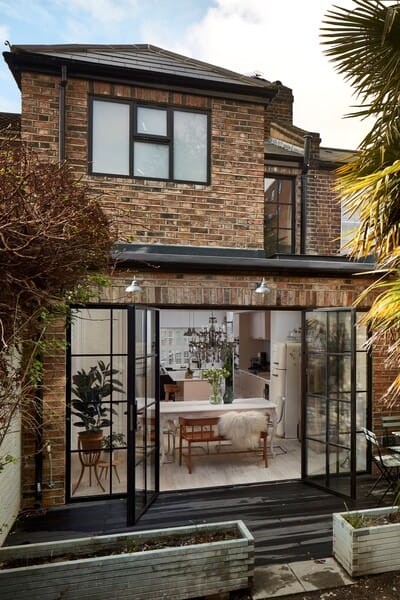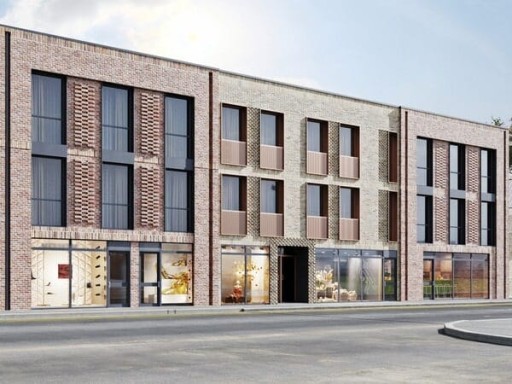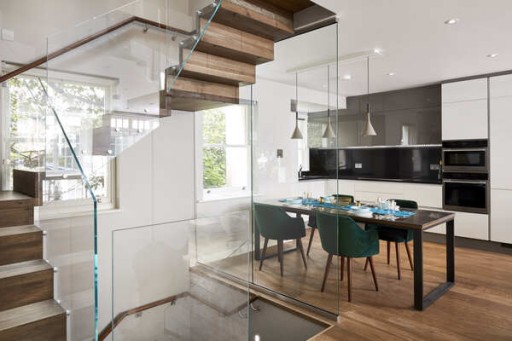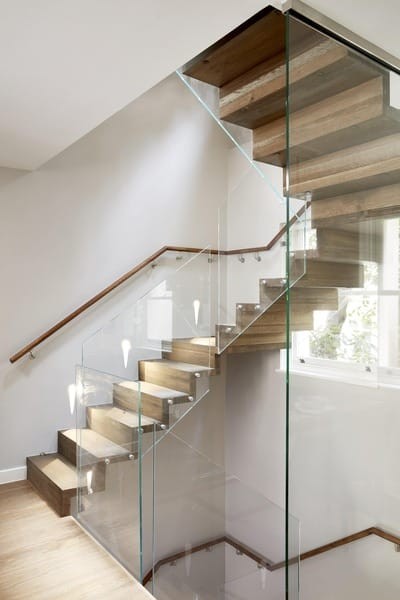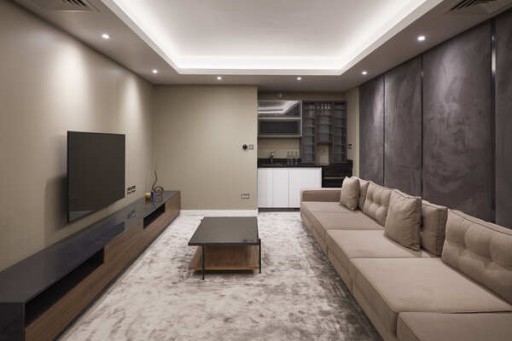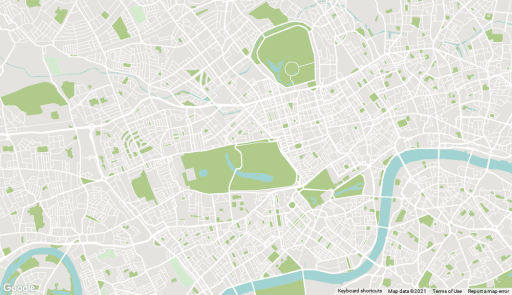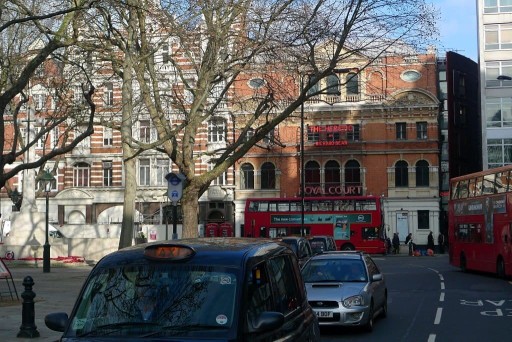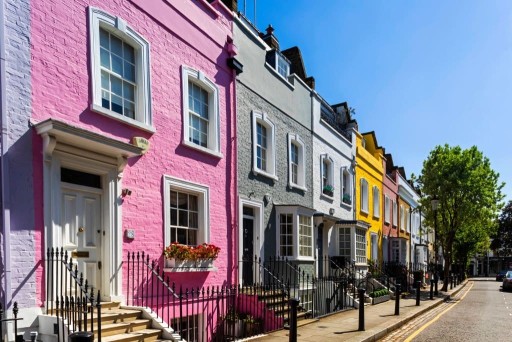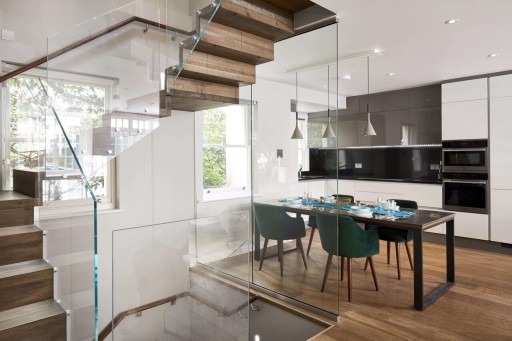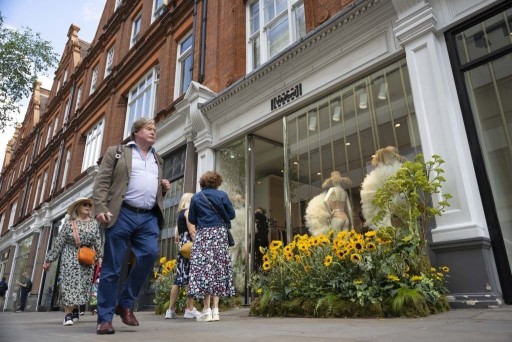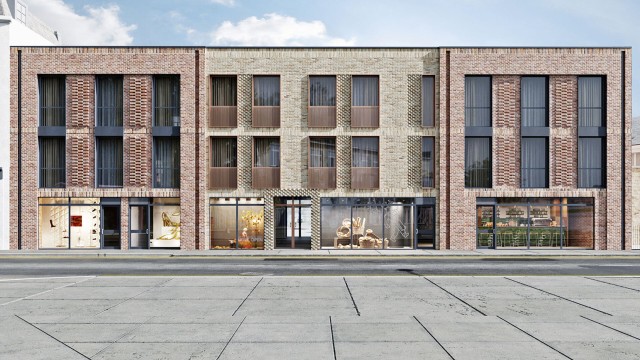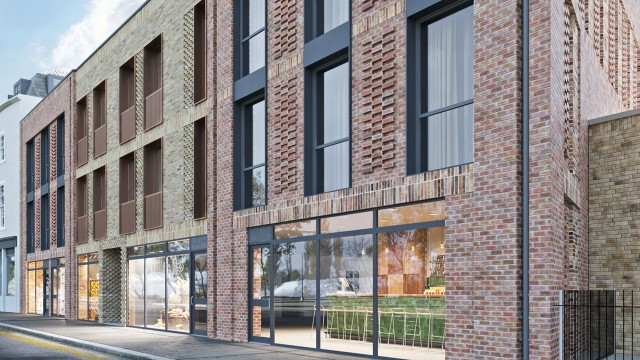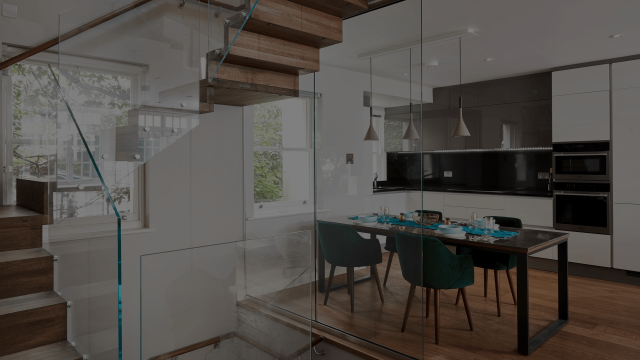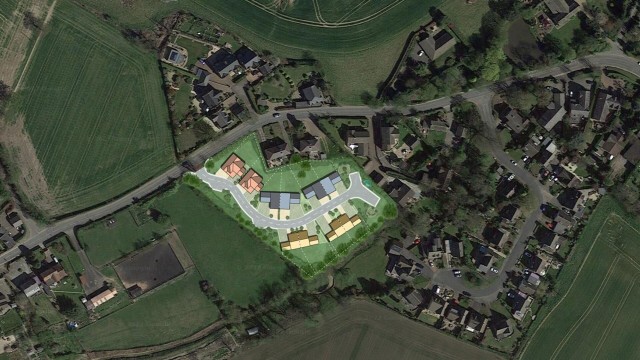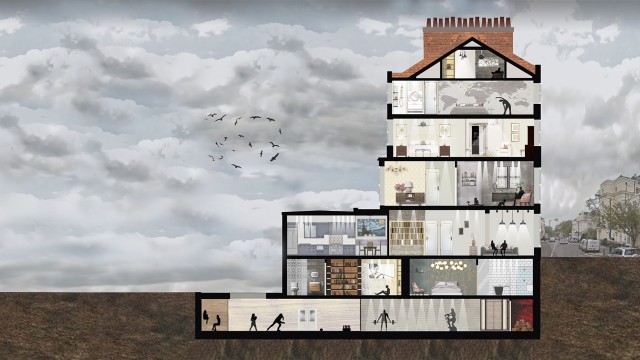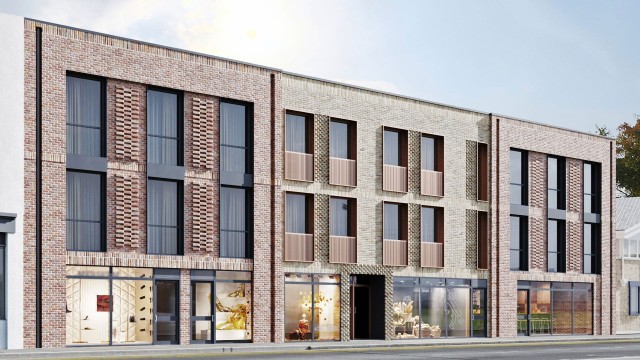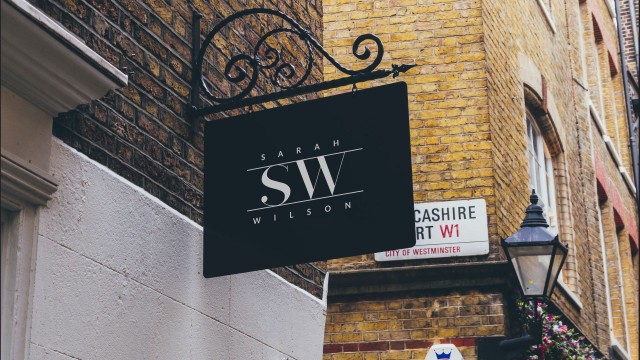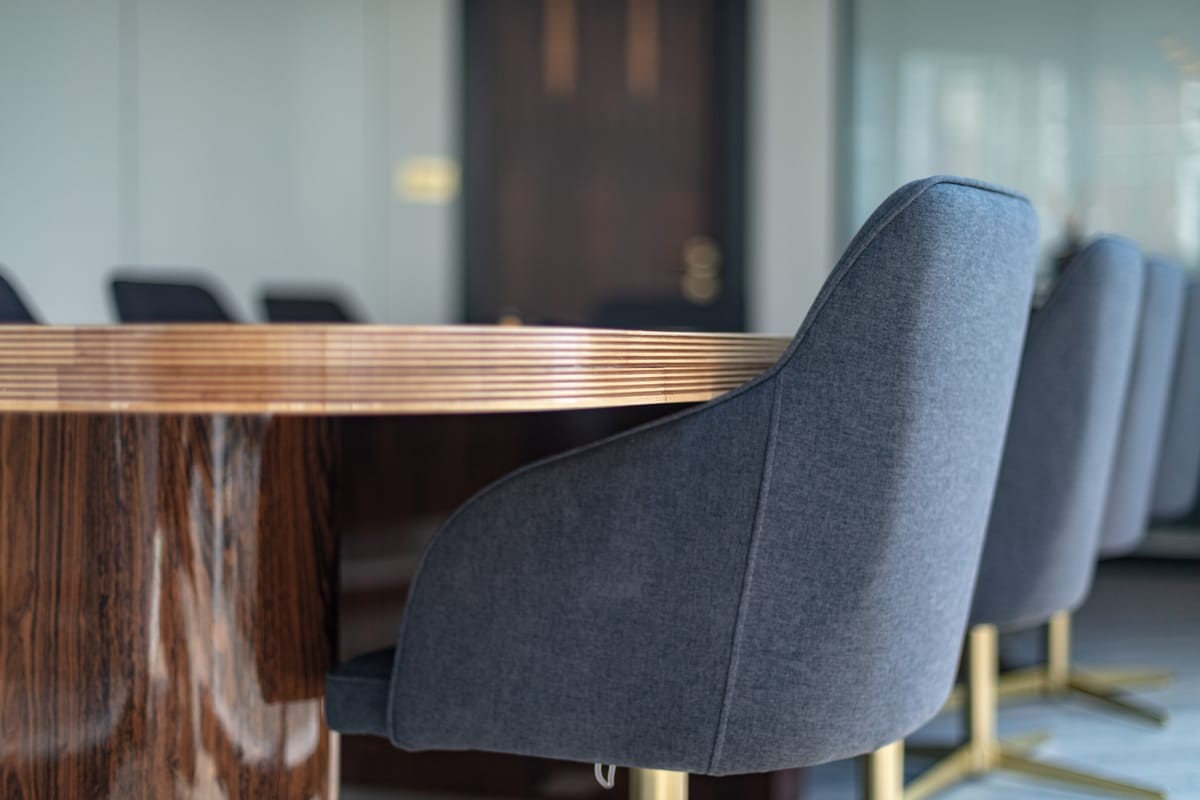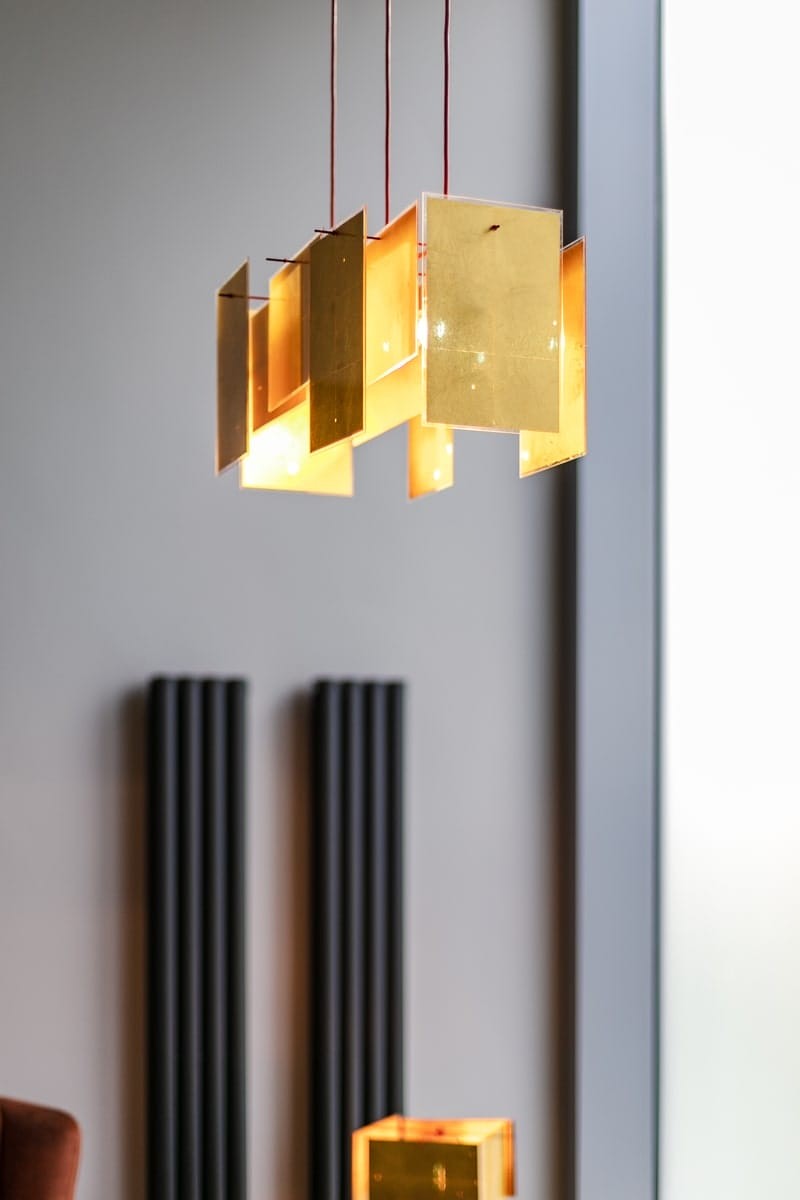What makes Chelsea so special?
Along with its residents, shoppers and tourists, Chelsea is a favourite of urban theorists. It shows how you can fit in a lot of housing without relying on high-rises (there are a few here, but not many). And it was a 15-minute city long before that concept emerged: you’ve got homes, shops, offices, restaurants and entertainment all alongside each other.
The highlights are absurdly abundant, but we’d like to give a lot of credit to the Royal Court Theatre for somehow managing to have stayed on the cutting edge for almost seven decades now. (Just to be clear, they have been putting on plays in that building since 1888, but its role as the home of adventurous new works began in 1956.)
Also trying to balance being a now-venerable institution with a sense of the shock of the new is the Saatchi Gallery, housed in the Grade II*-listed Duke of York’s Headquarters, just off the King’s Road, one of many former army properties in the area now in private hands. It may no longer hold the same central place in London’s art scene as it did in the Boundary Road days of the 1980s/90s, but the Saatchi Gallery still puts on consistently interesting work.
But really, it’s hard to single anything out when there’s so much, from the history, including the role the King’s Road played in the Swinging Sixties and the punk ‘70s, to the quiet pleasures of the Physic Garden and just how lovely it is to stroll by the river on a spring evening.

